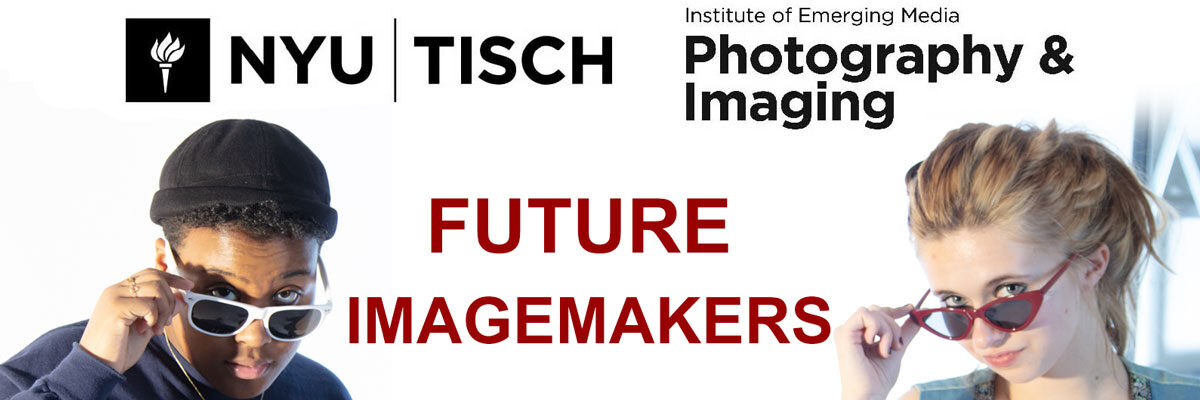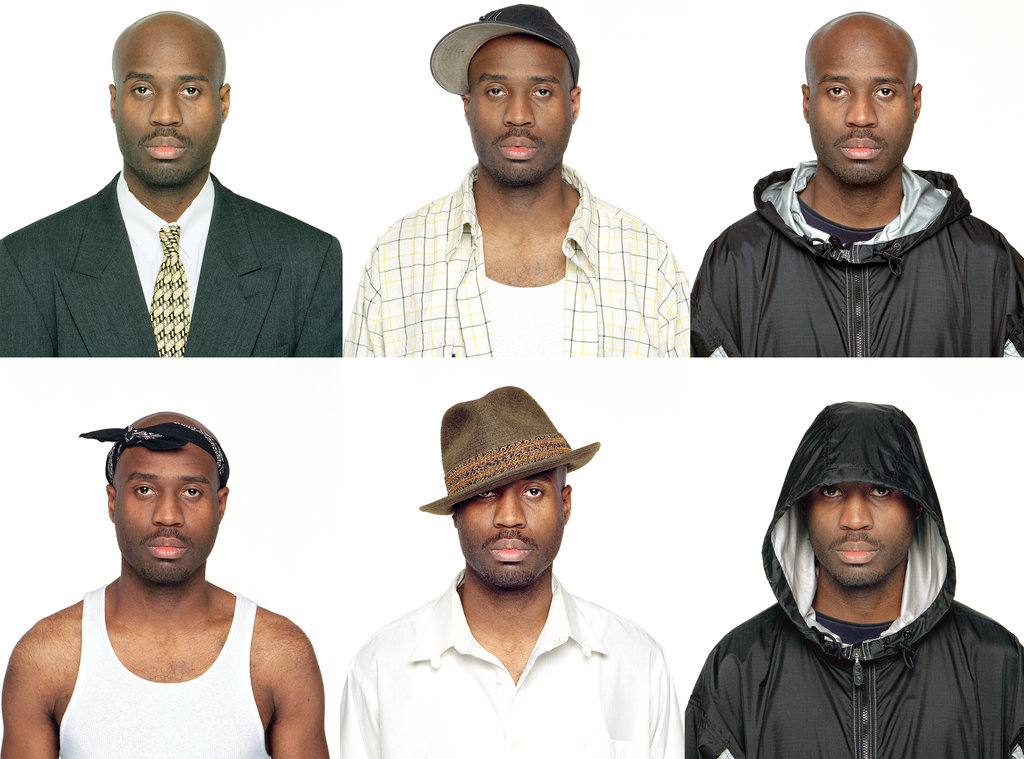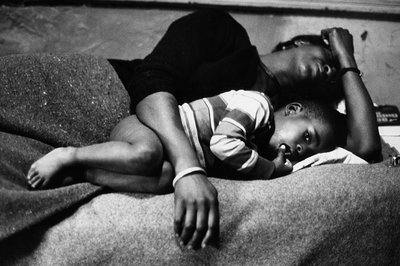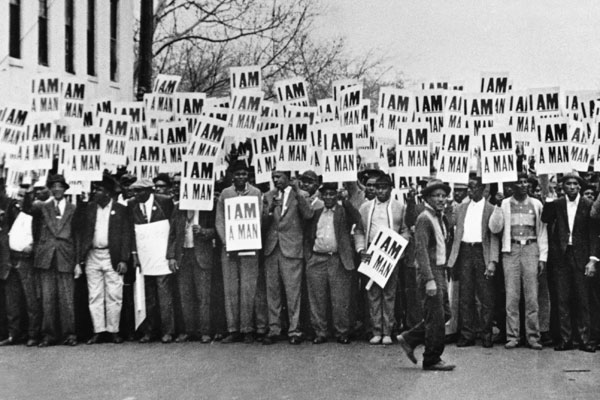BY VICKI MADDEN
Wrapped up in the talk of scores and hard work and other kids taking “our” kids’ seats is the unspoken content of those parents’ objections: race. Many white parents are uncomfortable being in the minority, even though they absolutely are a minority in New York City’s public schools. If we can’t talk about that, we can’t ever talk about diversity honestly. And that means we can’t really talk about admissions policies and test scores, either, because they serve as proxies for racial inequities.
Let’s be clear: state exams don’t assess character or intellectual potential. One of my sons can get a top score with little effort. The other gets no love from standardized tests. They both, just like all New York City children, deserve access to the opportunities a real city offers, vibrant and mixed and full of all kinds of interconnected, talented human beings.
Public schools are a collective good; we must ensure that the benefits are shared equitably.




